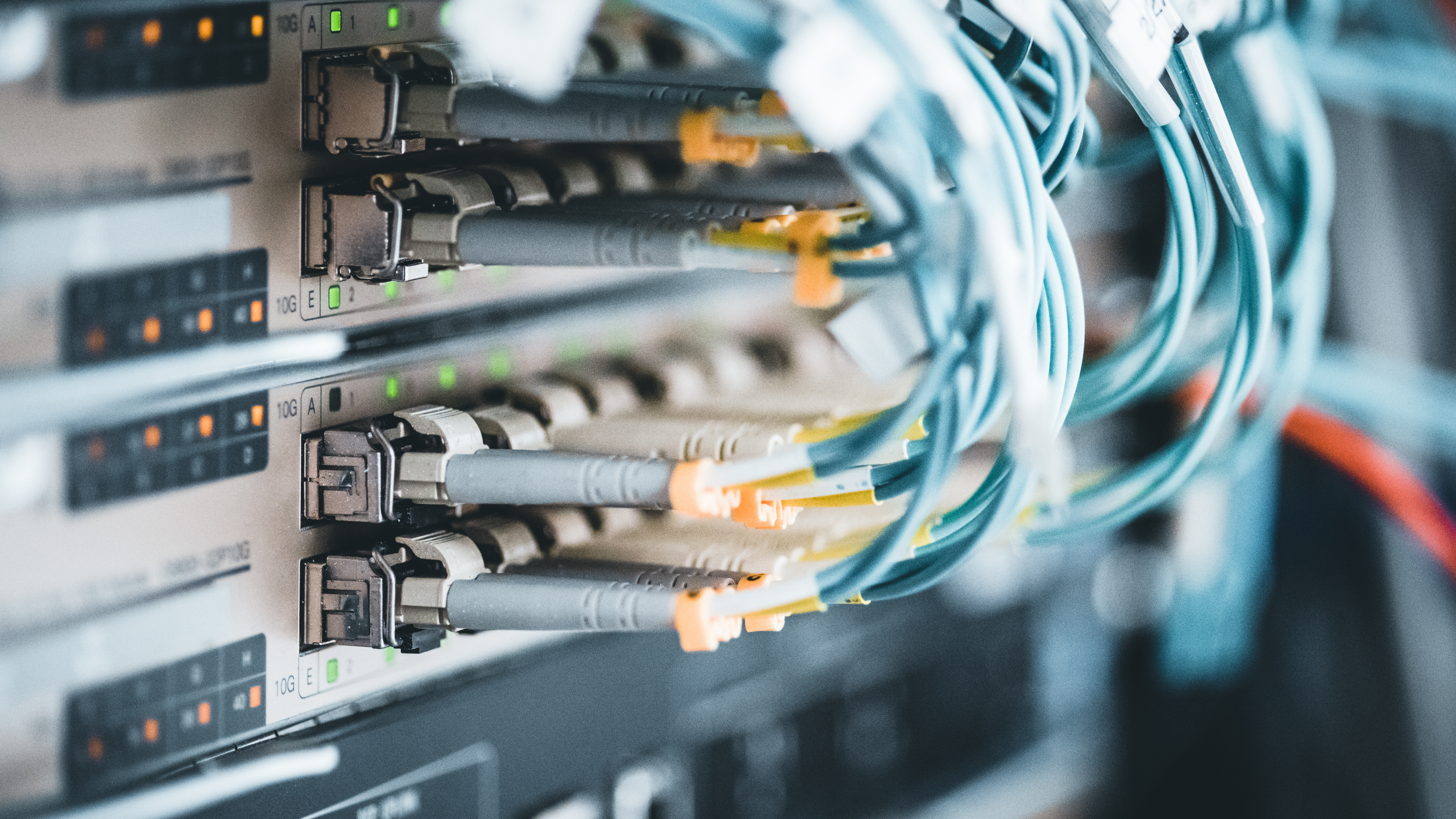
Internet exchange made simple.
FD-IX is a modern solution to peering and connectivity. We provide interconnection in 31 datacenters across the United States.
55
ASNs
64
Ports
100
Gbps
Average Throughput
1
Terabit
Capacity
SOLUTIONS & NETWORK PARTNERSHIPS
Our strategic alliances with industry leaders; delivering enhanced connectivity, performance, and global reach for our members.
LATEST NEWS & UPDATES
Stay informed about our network developments and industry insights.
NewsJul 3, 2025
Declare Your Independence from Transit – Peering at FD-IX
FD-IX Team
Read MoreNewsJun 21, 2025
Fiber Data Internet Exchange (FD-IX) Joins National Broadband Cooperative to Accelerate Rural Connectivity
FD-IX Team
Read MoreNewsMay 26, 2025
Free 1G Peering Ports for Schools, Libraries, and Community Networks
FD-IX Team
Read MoreReady to exchange traffic?
Join dozens of networks and reduce your transit costs today.
No Setup Fees
24/7 Support
99.99% Uptime SLA






